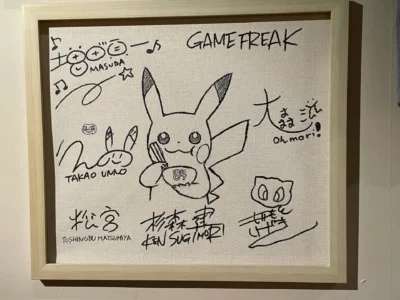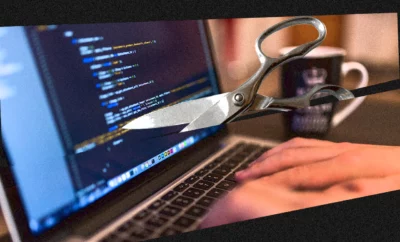
To mark Double Dragon’s 35th anniversary, Ryan pays tribute to the beat-’em-up’s ground-breaking array of weapons…
It took until 1987 for a game developer to first think, “What if the player could pick up an oil-drum and throw it at a bad guy?” Or, more enticingly still, “What if the player could punch an enemy, causing them to drop their baseball bat, then let the player pick up the bat and pummel the enemy around the head with it?”
Thank goodness for Double Dragon.
Looking back, it’s remarkable just how quickly the beat-‘em-up genre evolved. Irem’s Kung-Fu Master came out swinging in 1984, it being the first game to establish the generic staples of a lone martial artist walking along a bit, kicking or punching a bad guy in the face, then walking along a bit more. Just two years later, Technos Japan came along with Renegade (released locally as Nekketsu Kōha Kunio-kun). A game we covered in a previous Killer Feature, Renegade pushed the genre into new territory: not only were there a greater number of moves (including the ability to run, throw an enemy over your shoulder, and kneel over the prone body and belt them repeatedly around the jaw), but there was also a greater freedom of movement. Where Kung-Fu Master was rigidly 2D, Renegade allowed the player – and enemies – to move in and out of the screen on the Z axis, making accurate positioning key to landing (or avoiding) a successful blow.

Pity the fool.
Just one year after that, Technos Japan returned with Double Dragon – a beat-‘em-up initially conceived as a sequel to Renegade, and which builds on that game’s own innovations. The controls were made less fiddly, there was a greater variety of enemies and stages, while the two-player co-op added to its appeal (and, no doubt, Technos’s coffers).
The impact of adding weapons and background items that could be picked up and used by the player, meanwhile, shouldn’t be underestimated. It added a greater level of unpredictability to the combat, as players scrambled to get hold of knives, whips, nunchaku, or sticks of dynamite dropped by enemies. It also added to the game’s sense of thuggish violence and urban malaise. It’s a tone that Renegade captured remarkably well, too, and appears to have sprung directly from designer Yoshihisa Kishimoto, who drew on his own troubled youth for his game about a hot-blooded student getting into repeated fights with street gangs. The urban malaise reaches an apocalyptic level in Double Dragon, with its action taking place among cities and industrial areas that appear to be on the verge of falling apart. As players elbowed villains in the throat or felled groups of enemies by throwing a gigantic crate at them, the level of violence threatens to make Kung-Fu Master look like an episode of Hey Duggee.

“Hello, do you like baseball?”
We can only guess at what Double Dragon might have looked and played like if Technos had better hardware to play with; in later interviews, Kishimoto sometimes complained that he and his team were frequently having to downgrade the size of sprites or the number of colours to avoid the game slowing down. Even in its finished state, Double Dragon still grinds to a crawl when there are too many enemies stumbling onto the screen; it also suffers from a number of well-documented glitches, including an infamous one where enemies will dutifully fling themselves into a chasm if the player stands in a certain spot.
Still, rough around the edges though it was, Double Dragon was a true innovator. Its success was absolutely stratospheric, sparking a wave of both obvious copycat titles (see Alpha Denshi’s cheekily similar Gang Wars), and also beat-‘em-ups that improved on the formula. Sega’s Golden Axe arguably looked and sounded prettier. Capcom’s Final Fight both streamlined Double Dragon’s combat and made it feel weightier. Incredibly, those latter games were both released in 1989, which meant the beat-‘em-up essentially went from invention to the pinnacle of refinement within the space of five years.

Flexing of guns in Double Dragon’s arcade flyer.
Just about every beat-‘em-up that came after Double Dragon contained weapons that could be picked up and wielded in some fashion. Interestingly, Final Fight had fewer weapons to pick up than Double Dragon, though it’s arguable that the sight of Final Fight’s Haggar wielding a colossal steel pipe resulted in one of the most indelible images in the genre’s history. Taito’s Growl (also known as Runark), on the other hand, featured an absurdly broad array of weapons, ranging from whips and rocks to machine guns and rocket launchers. Streets of Rage featured an assortment of knives, bats, and also a pepper shaker.
All those games, and many more besides, owe a debt to designer Yoshihisa Kishimoto and his wild teenage years. Thank goodness for Double Dragon.





